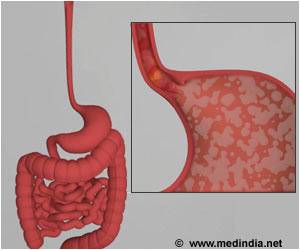A new standardized tool for the assessment of chronic pain can differentiate between pain subtypes and may help tailor treatment.
A new standardized tool for the assessment of chronic pain can differentiate between pain subtypes and may help tailor treatment. The new tool is published in this week's open-access journal PLoS Medicine.
Joachim Scholz from Massachusetts General Hospital in Boston, USA and his colleagues studied the symptoms and signs of patients with peripheral neuropathic pain (nerve pain such as sciatica) and non-neuropathic (non-nerve) low back pain to identify the best clinical questions and physical tests for diagnosing pain types. These questions and tests formed the items contained in the authors' tool for a standardized evaluation of pain (StEP) which they validated among an independent group of patients with chronic back pain. The diagnostic accuracy of StEP exceeded that of a dedicated screening tool for neuropathic pain and spinal magnetic resonance imaging, report the authors, and was well accepted among patients.Because StEP takes just 10-15 minutes to administer and can be done at the bedside, the authors say it provides a simple, quick diagnostic procedure that distinguishes between radicular (neuropathic) and axial (non-neuropathic) low back pain. "This distinction is crucial," say the authors, "because back pain is a diagnostic label for a heterogeneous group of patients and it is often difficult to decide which patients will benefit from treatment strategies that target neuropathic pain."
Future research on differences between pain subtypes may enable physicians to tailor treatments for chronic pain to individual patients rather than, as is currently the case, largely guessing which of the available treatments is likely to work best.
Also published in this week's PLoS Medicine is a review article on tools for assessing neuropathic pain, by Giorgio Cruccu and Andrea Truini from La Sapienza University in Rome, Italy, who were not involved in developing the new tool. Cruccu and Truini say that "differentiating between nociceptive and neuropathic pain is clinically important because these components require different pain management strategies. The differentiation is also very important for pharmacological trials." Cruccu and Truini discuss the clinical implications of the new tool developed by Scholz and colleagues.
Source-Eurekalert
SRM










